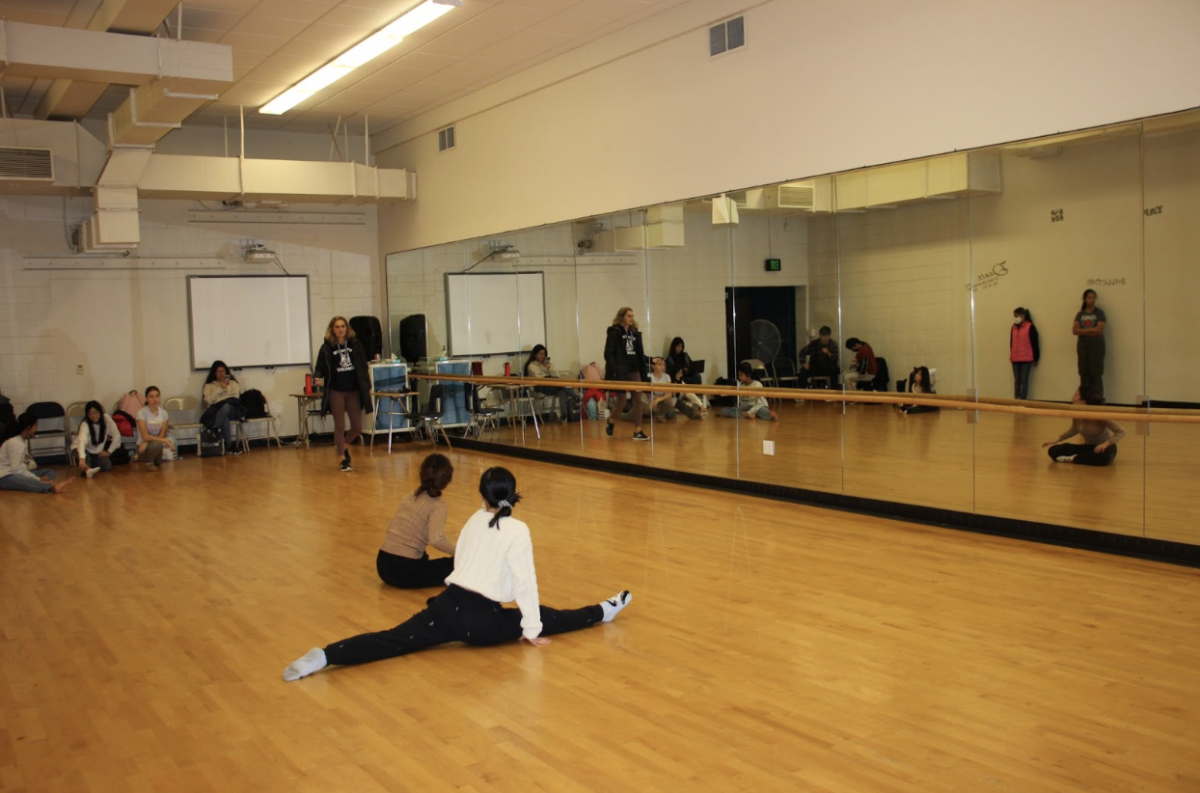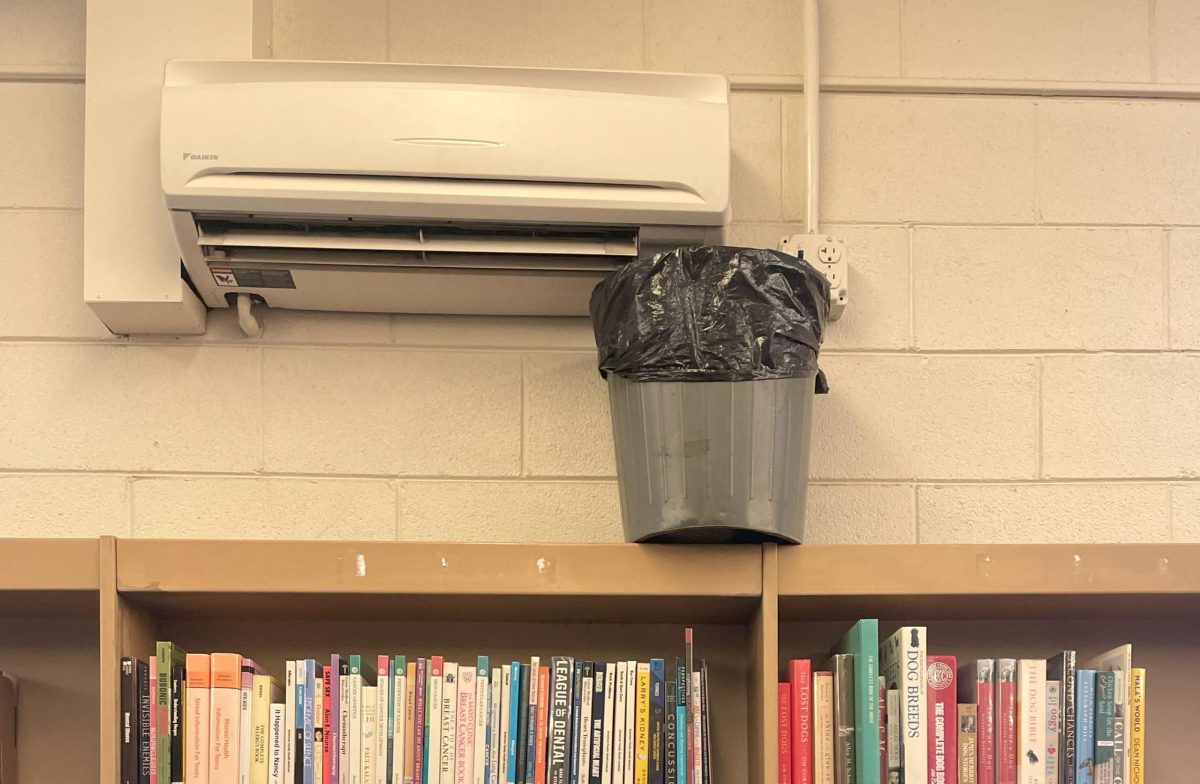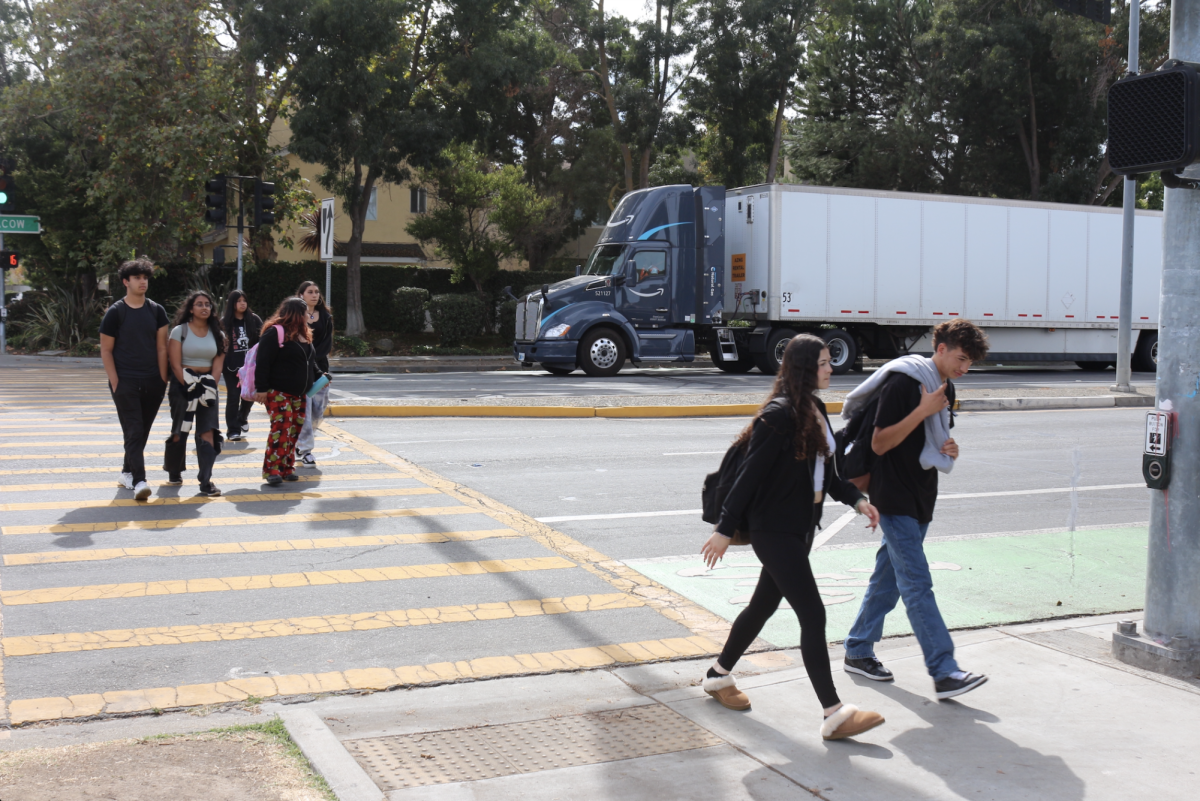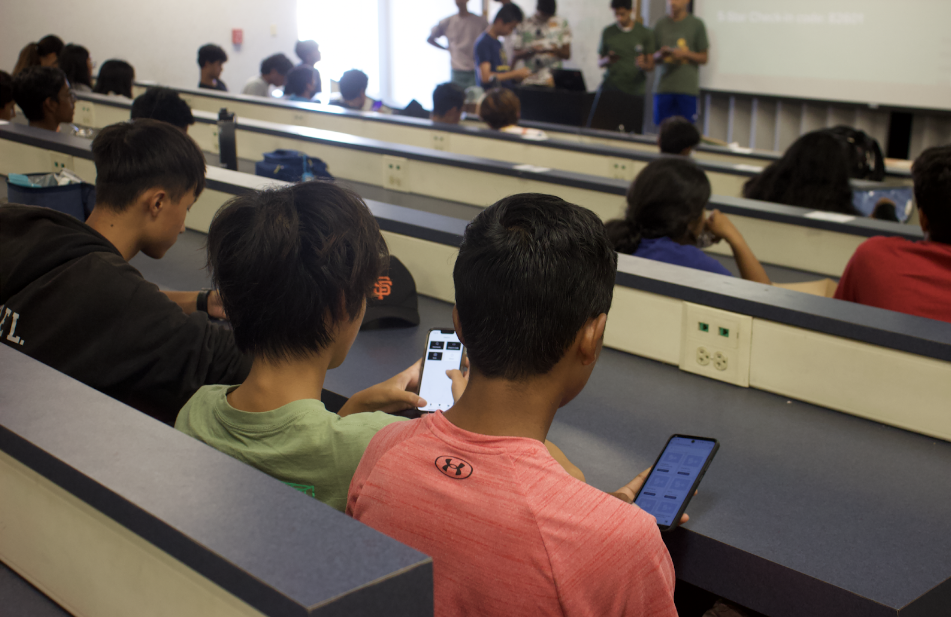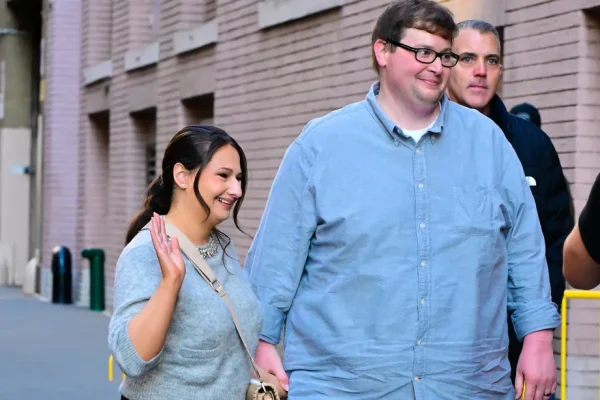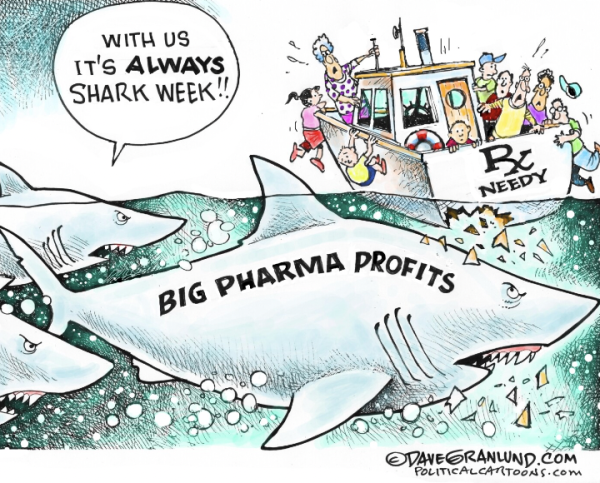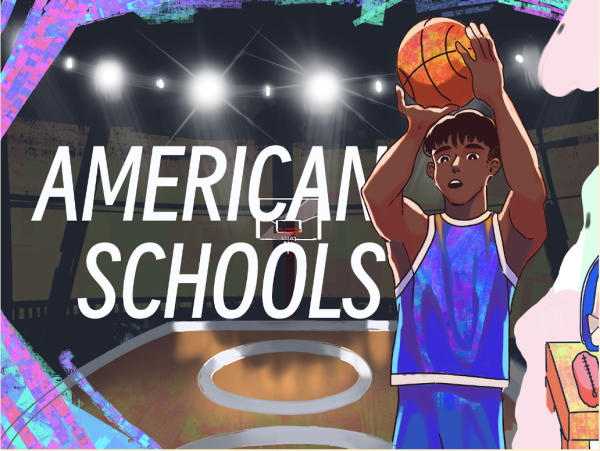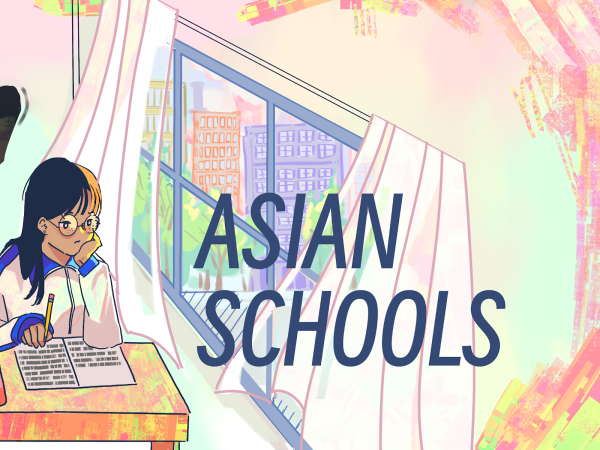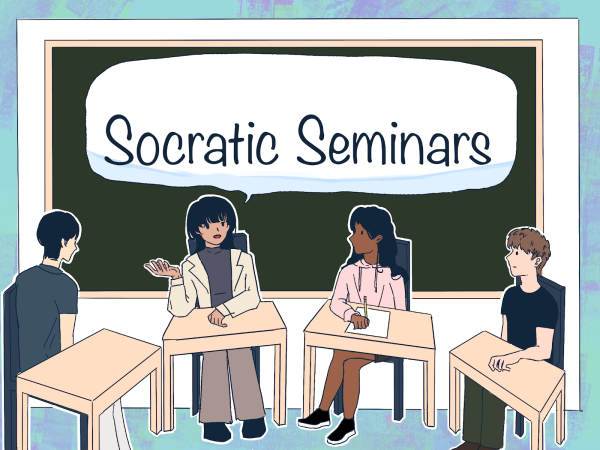Slytherin Nature vs. Nurture: Are Slytherin’s Innately Bad or Are They Products of Their Environment?
March 9, 2019
Students who find themselves sorted into the Slytherin house are perceived by Hogwarts and the wizarding society as innately evil, an assumption based on the fact that a majority of dark wizards are from the house. Despite this correlation, most Slytherin students are victims of their environment—products of a society that left them vulnerable to the influence of Voldemort, and should not be held at fault for the stigma around their house.
Let’s start by dispelling a few myths about what being a Slytherin actually means. According to Pottermore, the official site for all things Harry Potter, students who are sorted into Slytherin house are cunning, ambitious, resourceful, shrewd and determined. None of these descriptions describe anything that makes a person innately evil. While “cunning” does suggest deceitful tendencies, the others are arguably positive traits for a person to possess. Ambition and determination are both necessary for those who desire to be successful. Resourcefulness and shrewdness are traits that are useful in almost every situation. It’s not a surprise that many Slytherins went on to have significant influence and power in the Ministry, for better or worse.
Many Slytherins were also vital in the defeat of Voldemort in both wizarding wars. Regulus Black, a Slytherin Death Eater who sacrificed his own life to destroy Voldemort’s locket horcrux, played an important role in the first wizarding war. In the second wizarding war, Severus Snape, Hogwarts’ potions master, served as a double agent for the Order of the Phoenix. Arguably, Snape was the backbone of the Order, for without him, it was unlikely that they would have been capable of defeating Voldemort. The inside information Snape supplied the Order with was indispensable toward their cause, and it was only with his help that Harry, Hermione, and Ron were able to destroy Voldemort’s horcruxes.
Lastly, the character of Draco Malfoy perfectly fits into the mold of a good person who struggled against evil. Draco Malfoy was the archetypal bully of the Harry Potter series who eventually evolved into a sort of anti-hero in the books. While Malfoy seemed to be Harry Potter’s foil in the first five novels, he becomes more of an anti-hero by the sixth book as he reluctantly follows through on Voldemort’s orders. Malfoy proves his virtue when he is incapable of killing Dumbledore at the end of book six. In book seven, he pretends not to recognize Harry, Hermione, and Ron when they were captured by Snatchers. Nearing the end of the Battle of Hogwarts, Malfoy chooses Voldemort because of his family and not because he believes in their cause or wants to be a Death Eater.
Draco Malfoy is a perfect example of how Slytherin dark wizards are almost completely products of their environment. Because of Salazar Slytherin’s belief that magic should stay among pureblood wizards, the majority of Slytherins were raised with toxic prejudices against Muggleborns and “blood traitors”. While their parents might have instilled some of these ideas into them, the cultural attitudes towards Slytherins only make it worse. The prejudice, ostracization, and hostility they experience from others at Hogwarts reinforces the dangerously mistaken views they grew up with. Throughout the series, students from other houses routinely ostracize Slytherins, even cheering when the house was sent to the dungeons during the Battle of Hogwarts. Even the Sorting Hat seems to echo the same sentiment that Slytherins are inherently bad, singing in his beginning-of-the-year song of book one, “Those cunning folks use any means to achieve their ends.” And thus, Slytherins themselves have come to believe it and turn to the dark side in pure resentment and spite. As they remain ostracized at a school they should feel welcome at, these ambitious students seek meaning and power elsewhere, which leads them straight into the ranks of Voldemort’s Death Eaters. If anything positive can ever be said about Tom Riddle, it is that he is an excellent manipulator. By specifically recruiting from Slytherin, a house full of disenchanted and power-hungry teenagers, Voldemort mades these students feel special and gave them a sense of belonging and purpose that they couldn’t achieve anywhere else in wizarding society. In the end, the disenchantment and day-to-day humiliation many of these Slytherin students felt led them astray as they strived to establish a sense of connection and belonging with others. Peter Pettigrew demonstrated this effect as a Gryffindor who became a Death Eater. Among the other Marauders, his insecurities combined with a certain degree of neglect from his friends eventually drove Pettigrew to facilitate the murder of James and Lily Potter. Cedric Diggory demonstrated this effect in “The Cursed Child” alternate timeline where he became a dark wizard due to extreme humiliation during the second task of a Triwizard Tournament (disclaimer: “The Cursed Child” can go die in a hole and I’m only referencing it because the play is technically canon. Unfortunately.) Death Eaters were made by violent extremists, not by certain traits or because of the house they were sorted in at Hogwarts, as demonstrated again by Peter Pettigrew, a Gryffindor “gone bad”. Instead of respecting their world for its various shades of gray, the magical society created its own monster by perceiving others in complete black or white.




